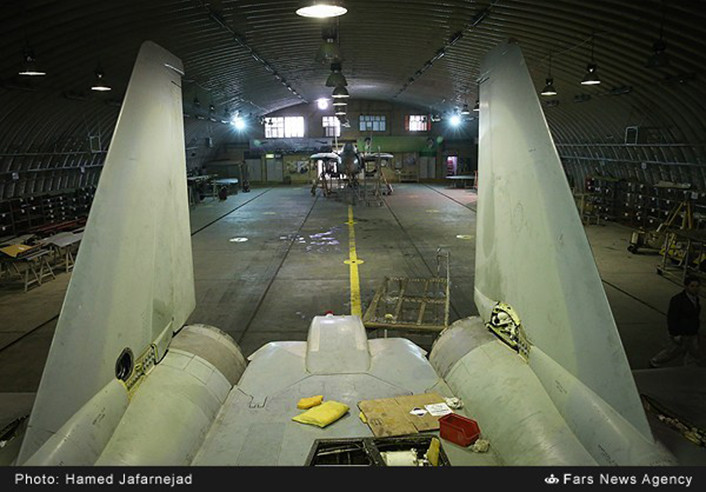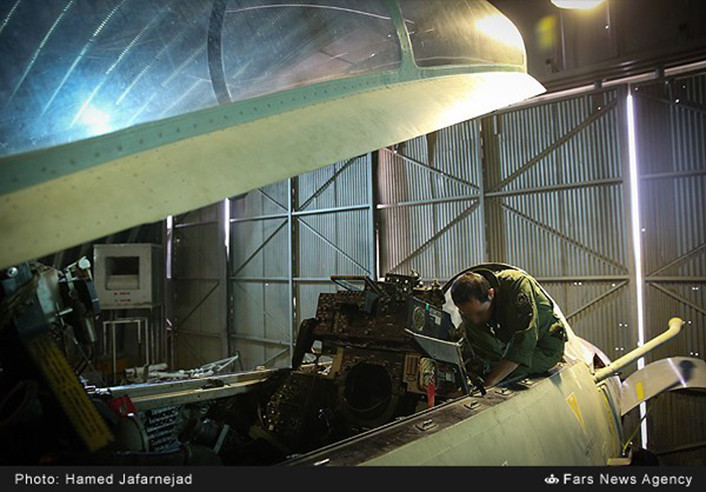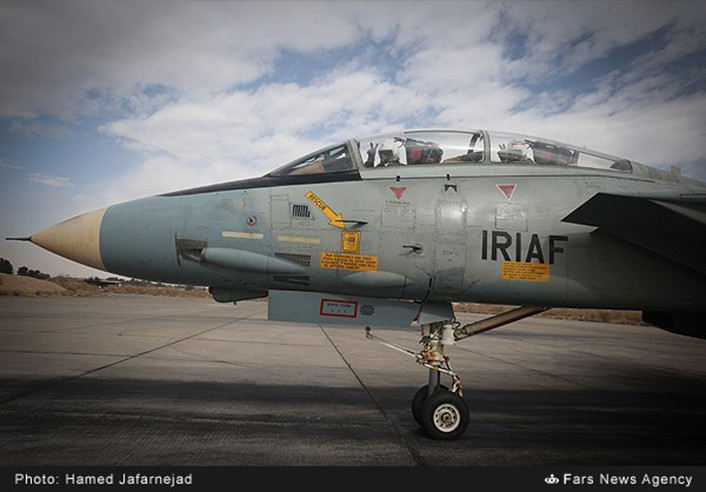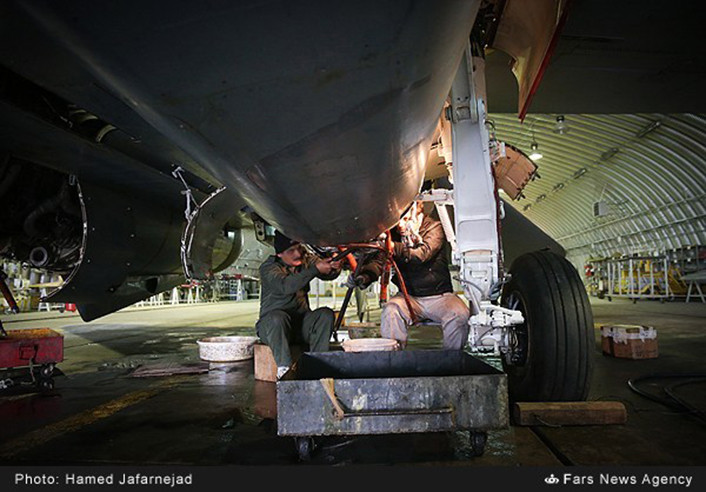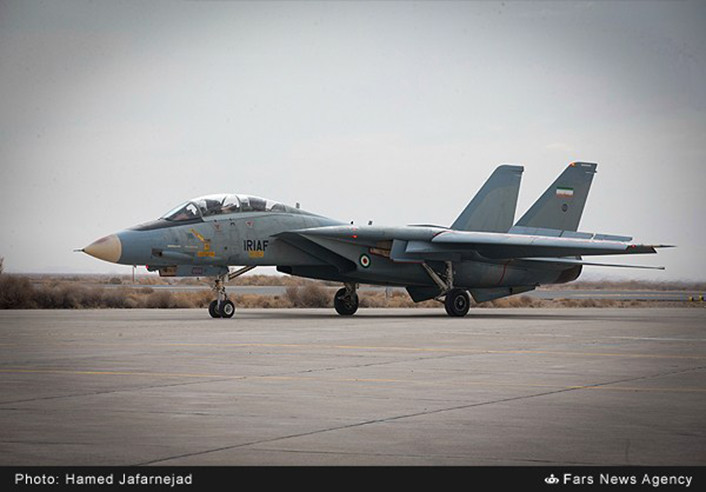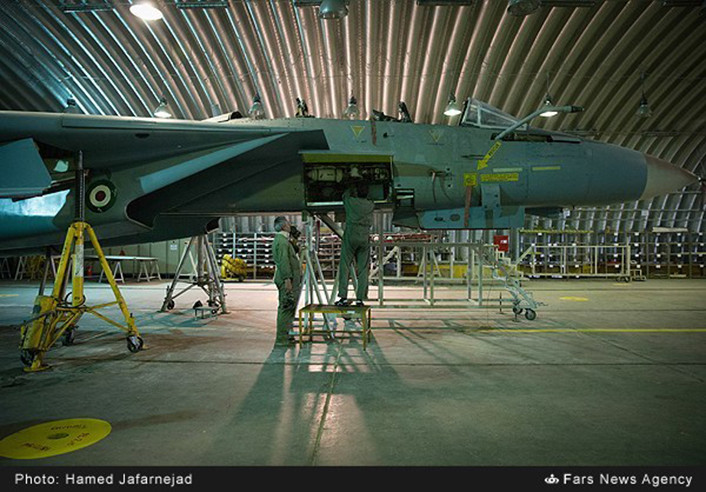The Iranian Air Force is the last operator of the legendary F-14 Tomcat.
The photos in this article were recently released by FARS News Agency.
They show some Islamic Republic of Iran Air Force F-14 Tomcat jets be overhauled at an unspecified location (Tehran Mehrabad International Airport according to some sources).
Iran still operates some Tomcats that are being modernized to F-14AM (“Modernized”) standard to extend their operative life until 2030. Domestic upgrades include avionics (radar and RWR) and weapons: R-73E, AIM-54A, AIM-7E and AIM-9J are among the air-to-air missiles adapted to the aircraft’s fire control system.
The Iranian Tomcats can also carry the AIM-54A+ “Fakour-90” missile: a domestically upgraded, partially reverse engineered version of the famous AIM-54 Phoenix long range missile of the U.S. Navy F-14s.
The IRIAF F-14s are also being given a three-tone Asian Minor II camouflage pattern loosely resembling the “splintered” one adopted by Russian 4th and 5th generation fighter planes and U.S. Aggressors.
Tehran is believed to operate a fleet of about 60 F-14s even if the number of combat capable aircraft is unknown. According to some rumors, there would be plans to use the Tomcat in the air-to-ground role as well.
Anyway, in some way or another one Tehran managed to keep the F-14s airworthy, a significant achievement considered the embargo on Iran and the consequent lack of spare parts for the Tomcats.
Image credit: FARS News agency
H/T to user “ASFTD” on ACIG forum for the heads-up


